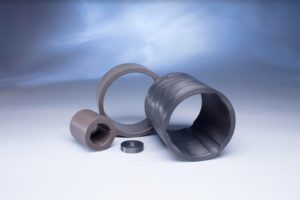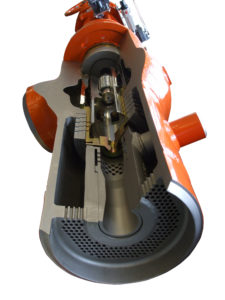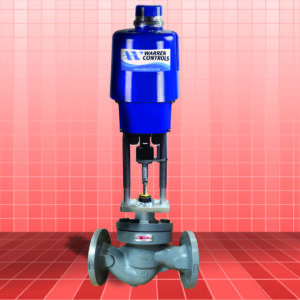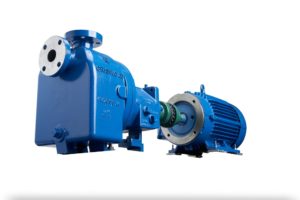Wanted: Slurry Pump Professionals
The Hydraulic Institute (HI) is seeking qualified individuals to participate in the review process of a newly completed standard for the definition, selection, application, operation and maintenance of centrifugal slurry pumps.
Believed to be the first of its kind, the scope of this new standard includes slurry pump types, types of slurries, slurry limitations, slurry solids effect on pumps, pumping of froth, pump wear, and application. The standard provides requirements for wet-end and bearing housing shaft seals, establishes allowable nozzle loads, and provides a data sheet that can be used by purchasers and vendors to exchange information.
Individuals and organizations directly and materially affected by this standard are asked to contact HI. These parties include pump users and specifiers, producers, standards developers, government agencies, and general interest groups. HI is currently assembling a canvass list of all interested parties who wish to review the drafts and will submit the list to ANSI in order to meet its open canvass requirements.
"Establishing standards for slurry pumps is more complex than for other rotodynamic pumps. There are more variables to consider, such as the size, hardness, abrasiveness, and density of the particles being transported," explained Gregg Romanyshyn, technical director for HI.
"In turn, there are many applications for slurry pumps that users' specifications will vary significantly. For example, the requirements for slurry pumps used in the paper and pulp industry are different than those used in the chemical or mining industries. We encourage participation in the ANSI canvass process to ensure that the new standards we establish will address different user requirements," he added.
To participate in the ANSI/HI canvass, contact Karen Anderson, Administrator, Technical Affairs, kanderson@pumps.org or call (973) 267-9700 x23.
Source: Hydraulic Institute Inc.







